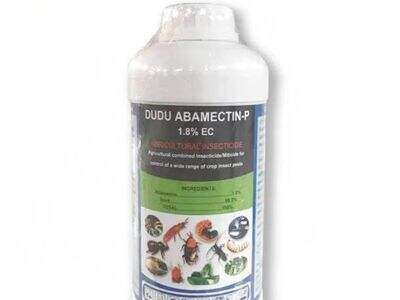Understanding the types of fungi in your garden can help you choose the best fungicide to maintain your plants’ health. Fungi are tiny the living things that can cause plants to get sick with issues such as powdery mildew, and leaf spots and root rot. These illnesses can weaken your plants and make them susceptible to pest attacks. So knowing what kinds of fungi are in your own garden will allow you to select a fungicide that attacks those particular germs.”
When selecting a fungicide, consider the types of plants you have
The severity of the fungal infection, and your preferred application method. Some types of fungicides are better for specific plants, so it is critical to select something that is going to be safe and effective for what you are growing. And also consider the size of your garden and how much time and effort you are able to put in to apply the insecticide.
The labels on fungicides are very important to read in order to make sure you are using the product properly.
Labels provide many useful bits of information, including list of ingredients in the fungicide, how to use it, and safety information. It is important to read the label and use accordingly to achieve best results and protect your plants and yourself. If you want to know more about a particular herbicide, you can contact the company that makes it.
Selecting the best fungicide can be intimidating, but it doesn’t have to be.
You can ask a gardening expert or someone at a local extension office for recommendations tailored to your garden’s needs. They might not give you all the answers, but they can provide useful tips or advice to help you and the decision-making process. The purpose is to apply something that will protect your plants from fungal diseases, but also help the environment.
Here are some guidelines for using fungicides properly so you can get your plants the best treatment with reduced risk.
If you use Agricultural Insecticide, be sure to wear protective clothing, such as gloves and a mask, to prevent chemicals from getting on your skin or into your lungs. Be sure to read and follow the instructions on the label and cover all parts of the plant. Do not spray on windy days to prevent splattering other plants or animals.
Table of Contents
- When selecting a fungicide, consider the types of plants you have
- The labels on fungicides are very important to read in order to make sure you are using the product properly.
- Selecting the best fungicide can be intimidating, but it doesn’t have to be.
- Here are some guidelines for using fungicides properly so you can get your plants the best treatment with reduced risk.

 EN
EN
 AR
AR
 BG
BG
 HR
HR
 FR
FR
 DE
DE
 EL
EL
 HI
HI
 IT
IT
 JA
JA
 KO
KO
 PT
PT
 RU
RU
 ES
ES
 TL
TL
 ID
ID
 VI
VI
 TH
TH
 AF
AF
 MS
MS
 SW
SW
 UR
UR
 BN
BN
 CEB
CEB
 GU
GU
 HA
HA
 IG
IG
 KN
KN
 LO
LO
 MR
MR
 SO
SO
 TE
TE
 YO
YO
 ZU
ZU
 ML
ML
 ST
ST
 PS
PS
 SN
SN
 SD
SD
 XH
XH

